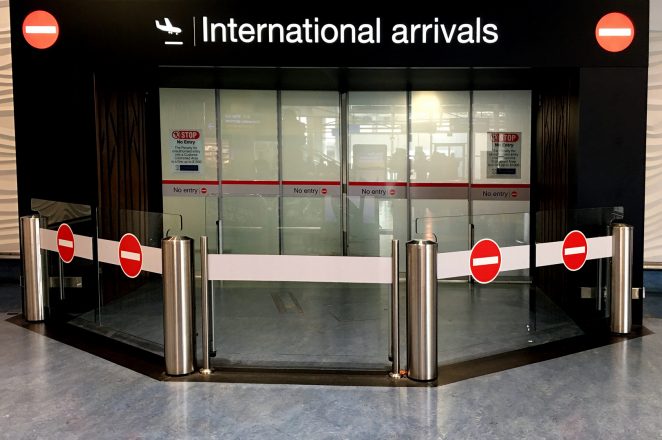新西兰的国际边境已完全开放,但预计前往该国的游客人数只会缓慢增加。
在Covid-19疫情之前,国际学生是新西兰经济的重要组成部分。
麦克林学院校长史蒂文·哈格里夫斯说,该行业渴望增加国际学生人数,但他本来希望看到几个月前开放申请,以便学生可以在边境开放后立即返回。
他说,学校还有很多工作要做,许多学校已经关闭了国际课程并解雇了教职员工。这将导致新国际学生进入该国的延迟。
新西兰移民局重新连接新西兰部门负责人西蒙·桑德斯说,尽管边境变更是一个 “重要的里程碑”,但很难预测会有多少游客因此返回。
“我认为可以肯定地说,我们预计的需求水平不会与COVID之前的水平相同。这可能有多种原因,” 他说。
“我们知道,中国是一个需要访客签证的较大国家,但仍然受到一系列旅行限制的约束,因此我们预计那里的需求不会很大,至少在最初是如此。”
桑德斯说,新西兰移民局将立即开始处理签证,并承诺在20个工作日内处理 “直截了当” 的访客签证。
但是,他敦促希望明年来新西兰的学生在申请之前稍等片刻。
“对于学生,我们鼓励那些有学习机会的人立即提出申请,然后我们会开始申请;对于那些可能希望在2023年学习的学生,请推迟几个月,这样我们就可以确保那些需要在今年到达的学生能够这样做。”
移民局已经招聘了230名新工作人员来协助办理签证。






























































